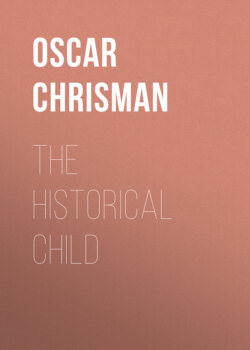Читать книгу The Historical Child - Oscar Chrisman - Страница 24
На сайте Литреса книга снята с продажи.
Food, Drink, Narcotics.
ОглавлениеTable of Contents
Because of the country's lying for the most part in the tropics and also being of a mountainous nature, thus allowing different climatic conditions, there was a plant life as found in both tropical and temperate zones such as to offer a variety of food. In the uplands maize was one of the staple foods, which was usually eaten whole, roasted or boiled, maybe not used by them as bread except at festivals, and the leaves were eaten as a vegetable. Quinoa was another grain used by them, a kind of buckwheat. Another staple was the potato, most commonly used in the form of chuno, in which the potatoes were exposed to the frost for some time, then pounded and dried in the sun, which made quite nourishing food and could be stowed away and kept for some time. Beans and tomatoes were also used by them. On the lowlands along the coast were found bananas, cocoa-nuts, the quava, and the manioc. Birds were abundant, as were also fish, both from the lakes and the ocean. The llama and the deer and the wild sheep of the mountains were used as food, as was the flesh of some other animals. This flesh was often cut into strips and dried, which was called charqui, probably from which came the term "jerked" beef.
Syrup and a kind of vinegar were made from the juice of the maguey and also syrup was made from the juice extracted from the stalk of the maize. They made from the grain of the maize chica, which was the national drink of Peru, and chica also was made from the grain of the quinoa. But more desired than food or drink was the narcotic effect of the coca, whose leaves were gathered and dried, mixed with lime or bone-ash, and thus made into a preparation for chewing. Tobacco was used by the Peruvians but they "differed from every other Indian nation to whom it was known, by using it only for medicinal purposes, in the form of snuff."19
